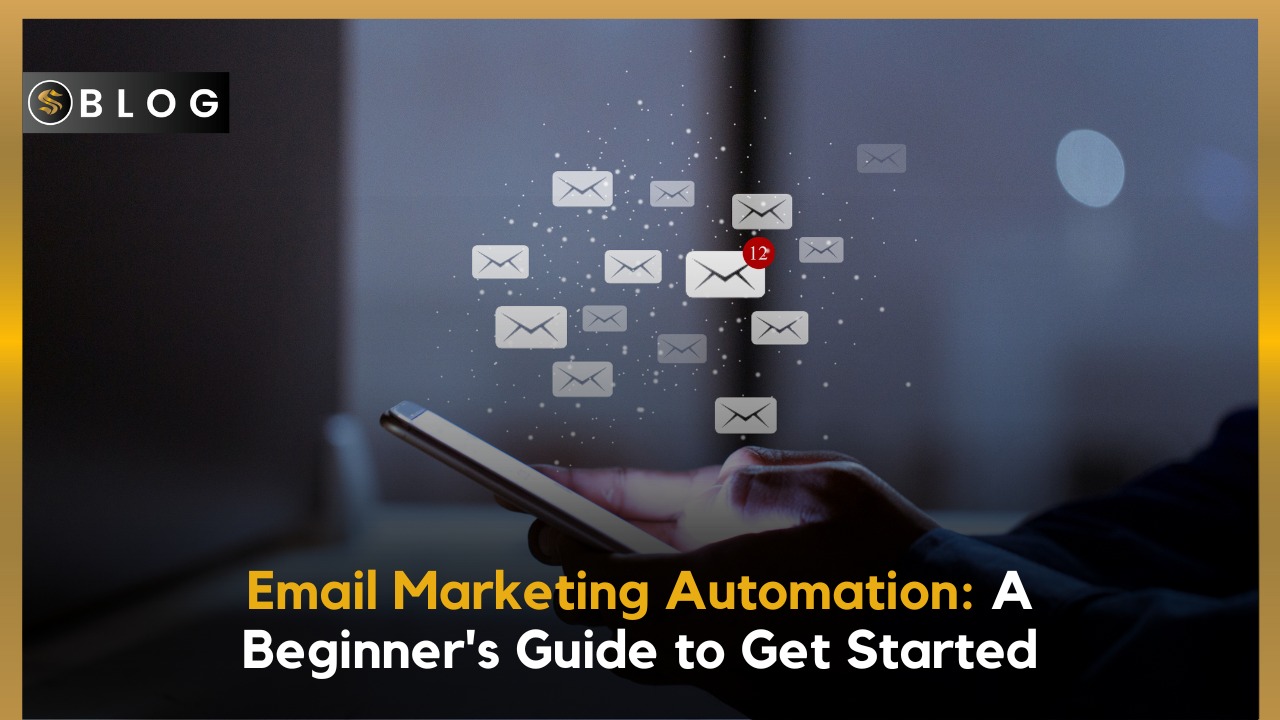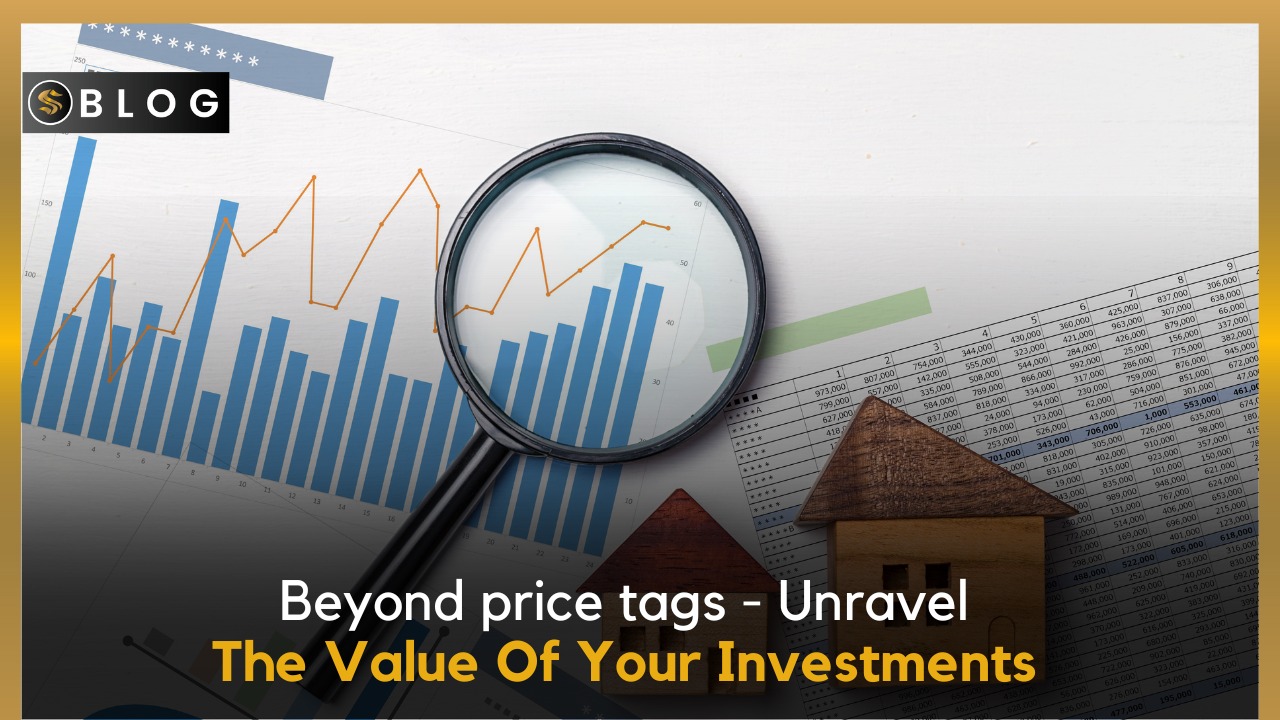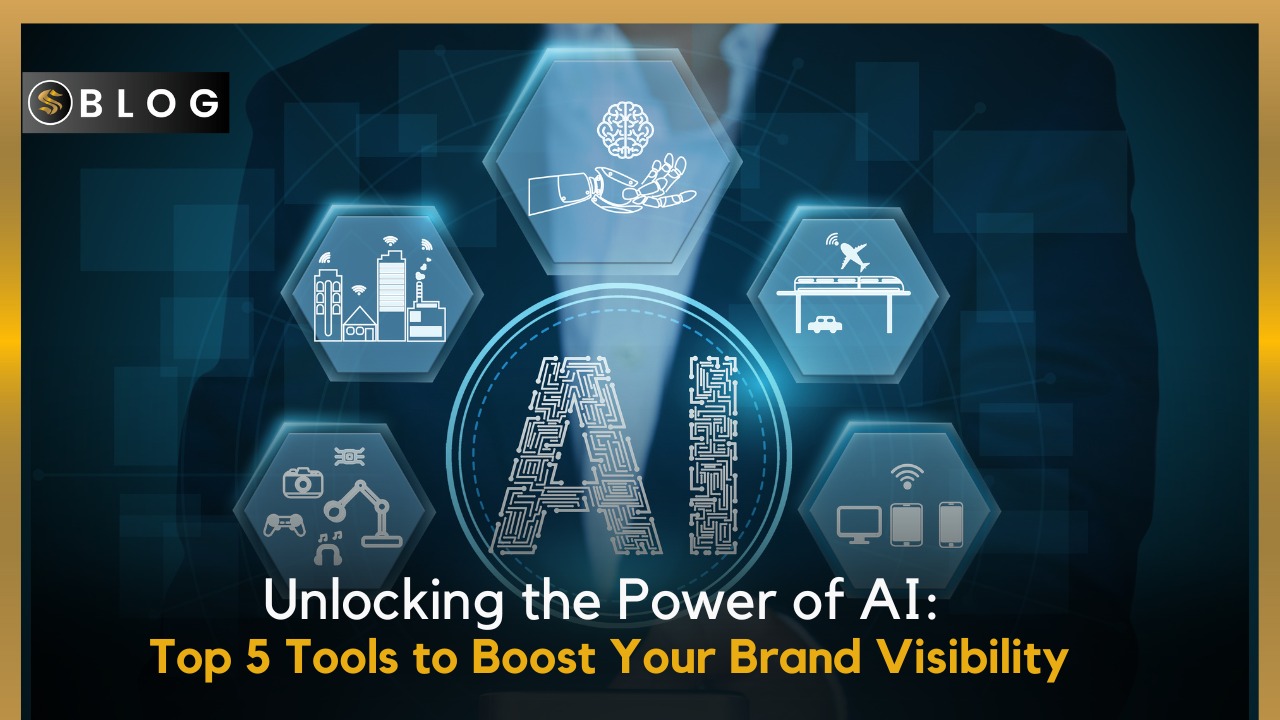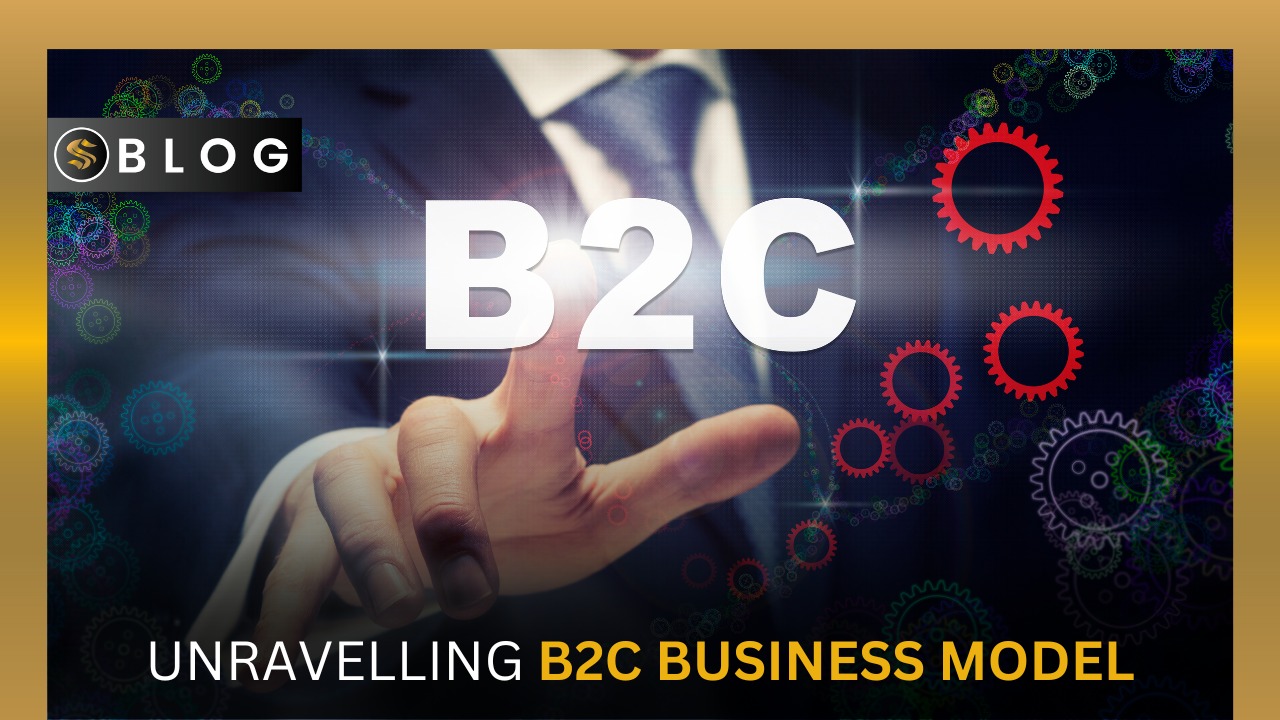
Share This Story, Choose Your Platform!
B2C Model – What is It and How is It Used?
B2C Model stands for “Business-to-Consumer.” It is a term used to describe a business model or transactions that occur directly between a company or business and individual consumers. After B2B Model, let’s take an in-depth look at it with Sapphire Builders & Associates. In a B2C relationship, the company sells its products or services directly to end-users or consumers, bypassing intermediaries or other businesses.
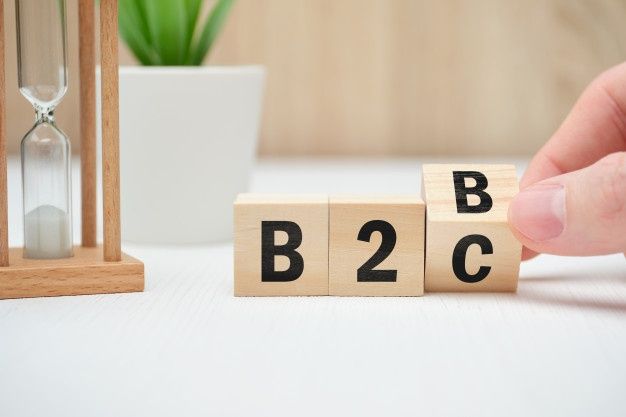
Evolution of B2C Model
The evolution of B2C model has witnessed significant changes over time. Initially, businesses relied on traditional brick-and-mortar stores for consumer interactions. With the advent of e-commerce, online platforms emerged, providing convenience and wider reach.
The rise of mobile technology further revolutionized B2C model, enabling seamless transactions and personalized experiences. Today, we are seeing the integration of AI, big data, and IoT, creating hyper-personalized, omnichannel experiences for consumers, driving the continued evolution of the model.
Interactions in B2C Model
B2C interactions typically take place through various channels, such as online retail websites, physical retail stores, mobile applications, or direct mail. Examples of B2C businesses include e-commerce websites like Amazon, clothing stores, restaurants, and service providers like streaming platforms or ride-sharing apps.
Transaction Process in B2C Model
In B2C transactions, customers typically initiate the process by selecting products or services from a business. The transaction is typically conducted through various channels like online platforms, physical stores, or mobile applications. The customer completes the purchase by providing payment information, such as credit card details or digital wallets. The business then processes the payment and delivers the product or service to the customer.
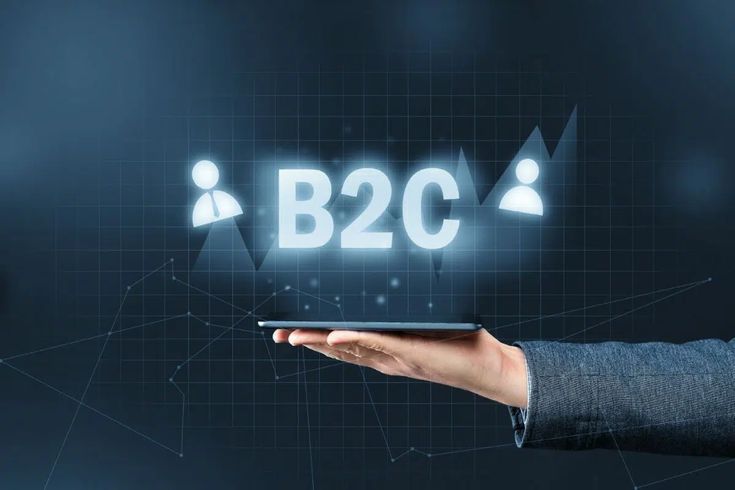
Effect of Technology on B2C Model
Technology has greatly transformed the model by enabling direct communication between businesses and consumers. E-commerce platforms and mobile apps have simplified the shopping process, allowing consumers to make purchases anytime, anywhere. Data analytics and personalization technologies have also empowered businesses to deliver targeted marketing campaigns and tailor their offerings to individual customer preferences, enhancing the overall customer experience.
Bottom Line
B2C model focuses on meeting individual consumers’ needs, preferences, and demands. Marketing efforts are often geared toward attracting and engaging customers on a personal level. The goal is to create a positive customer experience, build brand loyalty, and ultimately drive sales to individual consumers.

